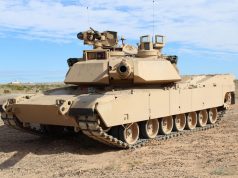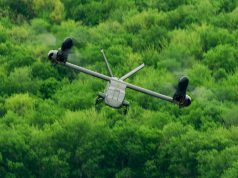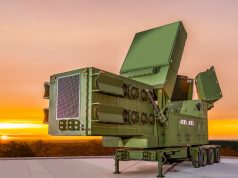The US defense department recently approved a new strategy that will lead and direct counter-small unmanned aircraft systems (C-sUAS) activities across the department.
This strategy will provide the framework for addressing sUAS hazards and threats in a variety of operating environments, including the US homeland, host nations, and contingency locations.
As pointed out, adversary UAS represent a rapidly proliferating, low-cost, high-reward asset for intelligence, surveillance, reconnaissance and lethal attacks on US personnel and interests. To lead and direct efforts for identifying and prioritizing joint gaps and C-sUAS solutions, the defense secretary designated the Army as the DoD executive agent for C-sUAS activities in November 2019. The Army secretary then established the Joint C-sUAS Office (JCO) and designated Maj. Gen. Sean A. Gainey as its first director.
The recently approved DoD C-sUAS strategy emphasizes a new approach that is focused on rapid innovation, synchronization of materiel and non-materiel solutions, and relationships with allies and partners. These strategic objectives will be achieved by working through three lines of effort.
The first will focus on the development of innovative solutions using a risk-based approach to guide investment in C-sUAS capabilities. This will guide the rapid development of a suite of solutions that addresses emerging DoD requirements.
In the second line of effort, the strategy emphasizes the provision of mission-ready forces that are able to deter and defeat sUAS threats. This can be done through the development of operational concepts and doctrine, establishment of joint training standards and refinement of existing training content.
Finally, the strategy stresses partnership with the national security innovation base, federal and non-federal entities, allies, and partners to facilitate rapid development and deployment of effective C-sUAS solutions while maximizing interoperability. Pentagon says leveraging existing relationships and creating new partnerships will enable innovation, prevent technology gaps, and expand information and security data sharing.
The entire document can be accessed here



























